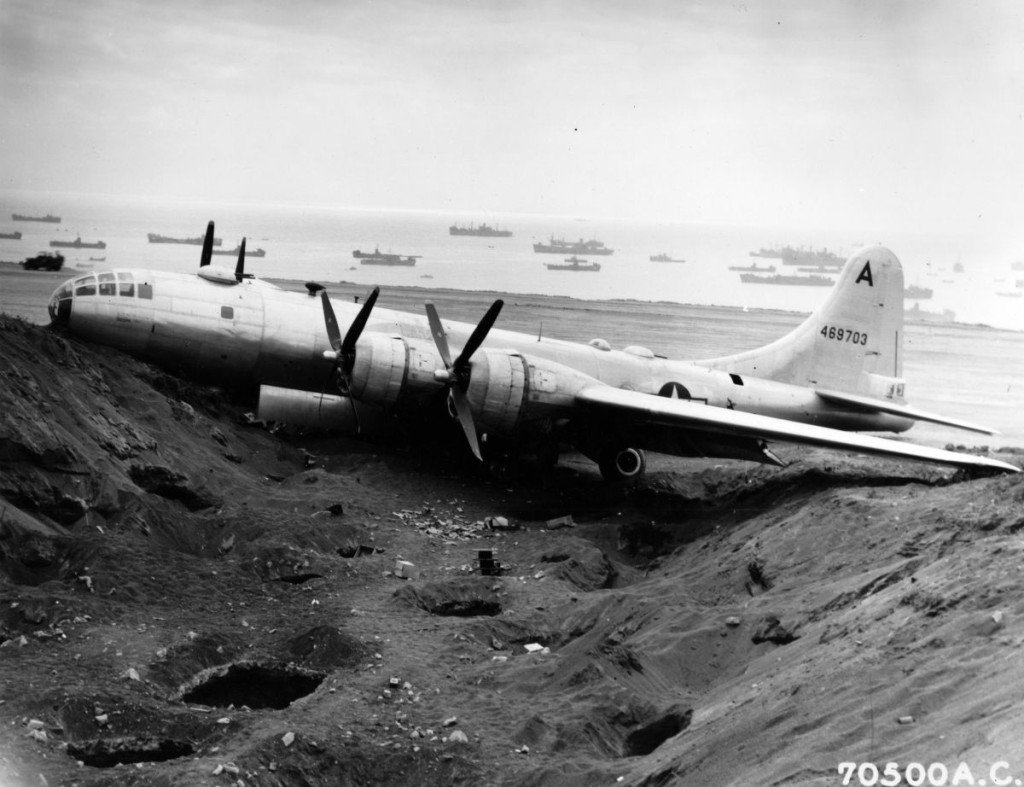‘The B-29 crews were cocky—at first. But as time wore on and accidents began to take their toll, the boys quieted down,’ Arthur La Vove, “Hump Driver.”
Author, artist, journalist, and pilot Arthur La Vove was active at a pivotal moment in the development of American aviation and the military. On December 6, 1909, he was born on Manhattan Island in New York City, USA.
In 1929, he took to the skies for the first time from Roosevelt Field in Long Island, New York. After joining the Air National Guard before the attack by imperial Japan on Pearl Harbor and America’s entry into World War II in December 1941, he went on to fly as a pilot for Century Airways, the first transcontinental airline in American history, and later for United Airlines in the late 1930s.
La Vove served as a “Hump Driver” during the conflict, a pilot who moved people, supplies, and weapons over the Himalayan Mountains between Assam, India, and China. He was stationed at Chengtu Airfield in China when the first B-29 entered the CBI (China Burma India) theater.
La Vove remembers in his book Hump Drivers;
‘The B-29s were an awful lot of airplanes. There had been scads of rumors about them. Long before they appeared in the CBI, the average Hump Driver imagined them in terms of hugeness that resembled fifteenth-century mariners’ descriptions of sea monsters.
‘The project for bringing the Twentieth Air Force’s big babies had been whispered, hush-hush, and top-secret from the very beginning. It had been known variously as the “Matterhorn” and “Twilight” projects. No one, except possibly Tokyo Rose, the Japs, thousands and thousands of runway-building Chinese and Indian coolies, newspaper correspondents, and Air Force brass, knew exactly what was involved.
‘Hump Drivers, based in Jorhat and Tezpur in Lower Assam Valley began to fly their C-87s, loaded with cement mixers, rock crushers, bombs, and gas to the new, 2-mile-long runways that had come into being at the bases that surrounded the ancient capitol of Chengtu.
‘Weather reports were spotty; there were no adequate radio range facilities, traffic was heavy, and the fields were poorly lighted for night operations. But the Drivers put their ships in and then the 29s came along.
‘When they finally did show up, they looked surprisingly small after all the wild talk. Their crews acted like prima donnas at first. They were positive that they were going to win the war all by themselves.
‘Weren’t they going to bomb Japan from bases ‘way back in the guts of China?’
La Vove continues;
‘The ’29 crews were cocky—at first. But as time wore on and accidents began to take their toll, the boys quieted down. And the Drivers soon learned that a B-29 operation was a spectacle that could turn marrow into ice water.
‘There were the takeoffs. The Drivers would gather and watch, sweating palms, as the overloaded bombers slowly rose into the dismal overcast that always gave Chengtu a melancholy, tearful aspect.
‘Too often, bombers did not make it. Engine “bugs” hitherto und-tected showed up—and bombers and crews went up in smoke and flame.
‘And when the big boys came back from a mission, it was just as bad. The B-29 landings were a spectacle that, perhaps, the Romans could have appreciated. The Drivers did not.
‘Afterward—when the bombers were on the ground—the Japanese showed up and Drivers huddled in slit trenches while the maddened Nips tried to pulverize the ships that were damaging their homeland.’
La Vove concludes;
‘But these raids—Jing Bows, they were called—weren’t as bad as the accidents. It was tough, sweating out the B-29’s return; tough to watch one, with one or more feathered props make a wavering turn and suddenly stall and spin in …’
Hump Drivers is published by Schiffer Publishing and is available to order here.

Photo by U.S. Air Force via Cool Old Photos and 7th Fighter.com

